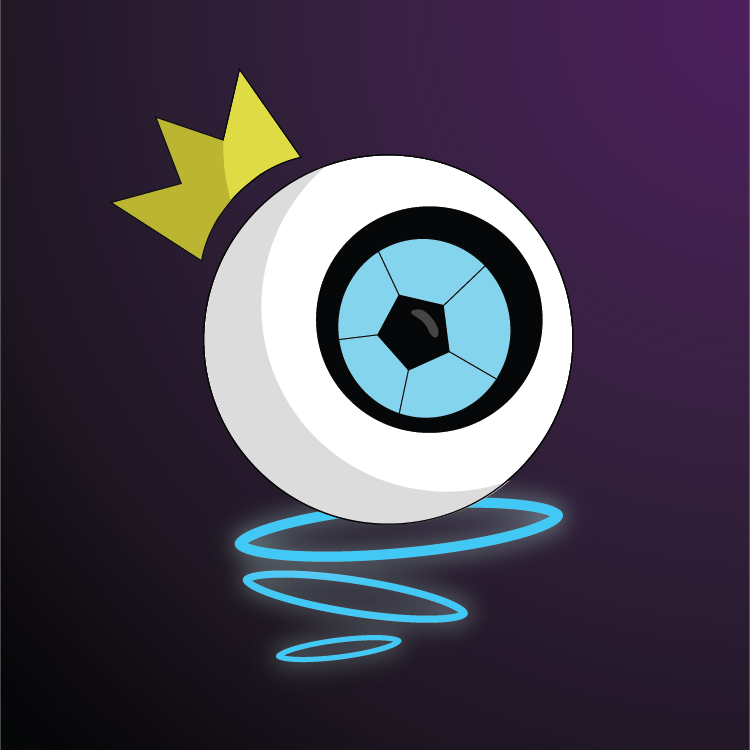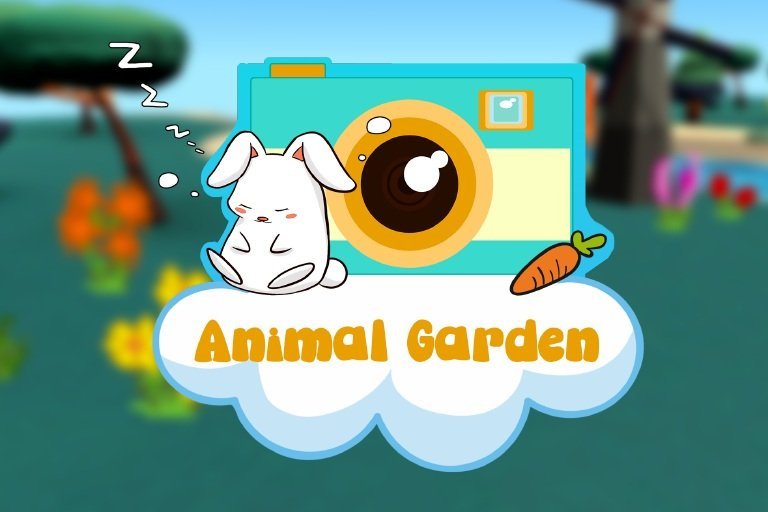A 3D and Pixel Art casual simulation game made for Sheridan Game Design’s Design Week Winter 2021
Takeaways
When participating in these design weeks, game jams, or short projects, oftentimes I haven’t been able to focus on the usability and experience of the project. As much of the project time becomes dedicated to the design and functionality of the game. For this design week, we had the opportunity to explore that player experience with the experiential intention as a central design pillar. Being able to spend time polishing and refining the game, not only create a better end product overall, but as a team, we were able to walk away feeling proud of the work we’ve done. We aren’t burdened by the game’s potential in being done, because it is done.
This project was part of our program-wide design challenge or “Design Week” from Sheridan College’s game design program. The challenge for this design week was for each team to aim and attempt to create 1 of 29 Experiential Intentions (from Jon Radoff’s Game On Energize your Business with Social Media Games), our team decided to aim for the experiential intention of relaxing.
My role for this project was to program and implement the various elements of our game, as well as design the AI behaviour found within the game. This allowed me to hone my knowledge of AI to create an enclosed ecosystem with simple behaviours.
I also took the role of project manager and made sure to keep our team on track for each daily deliverable.
Process Work
Initial Ideas
Once we decided on our experiential intention of relaxing, we began looking at several references that had simulation typed gameplay. We then came across the idea of an interactive garden that the player can attract, interact and take photos of animals that wander in. We centralized our design based upon creating an ecosystem that would function on its own, and if desired could be improved upon by the player’s actions.
To begin our work, I surveyed the team to understand what kinds of skills we had together, in order to decide what kind of overall aesthetic and scope we would have for our project.
Coding was divided into three main tasks, the AI behaviours and ecosystem, the progression mechanics, and the photosystem.
Art was divided into 2 areas, the 2D Pixel animals and particle effects, and the 3D environment that the game would take place in.
Finally, Sound was developed independently and focused on non-intrusive sound effects such as the menu, background music and ambience.
The Design Challenge Overview
Rough Prototyping
I first began prototyping by creating a simple blue print for every single animal that we wanted to include, with this I could continuously build on this AI throughout the week. If the Animals required to become more complex, or to have more interesting behaviors, changing the base blueprint would affect all animals rather than a single animal.
I then sat and watched the basic gameplay run for 3-5 minutes, in order to play test the calmness of the ecosystem. Through these play tests I was able to iteratively adjust the behaviours of each animal to make each one unique.
While prototyping the feel of the game, we also developed a simple progression system for adding new animals to your ecosystem. You would need to interact or take a picture of select animals to unlock their corresponding decoration. For this, I made a large progression tree that would include each type of animal, their variations, and how their spawn pools were connected to each other.
Concise Idea
As we neared the ending of design week, the base functionality, design, and general aesthetic were well established. The remaining work our team had to do was to create and implement the remaining assets, and iron out major bugs that were found in the game.
At our daily morning faculty consultations, it was recommended for our team, to add small details to the game to really improve the calmness and relaxation factor that we already had.
In order to polish our game, I worked to refine the camera controls and to animate the environment to have slow ambient movement. We were encouraged to add those and other small polishes to the game, to further improve the player’s experience.


